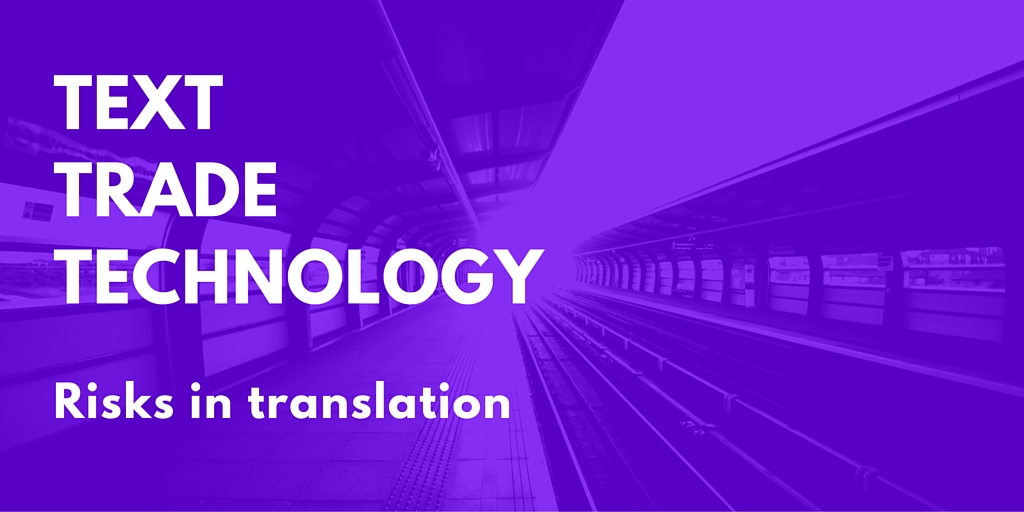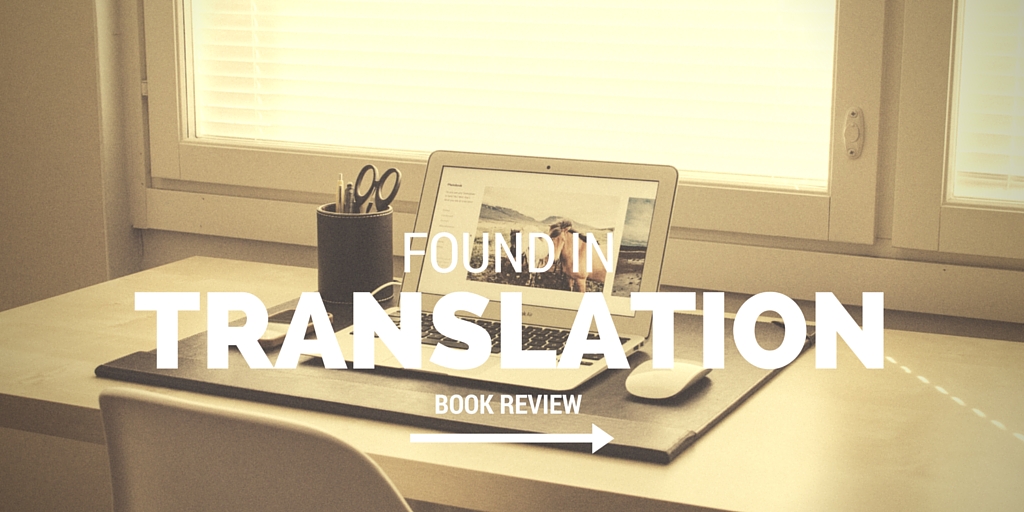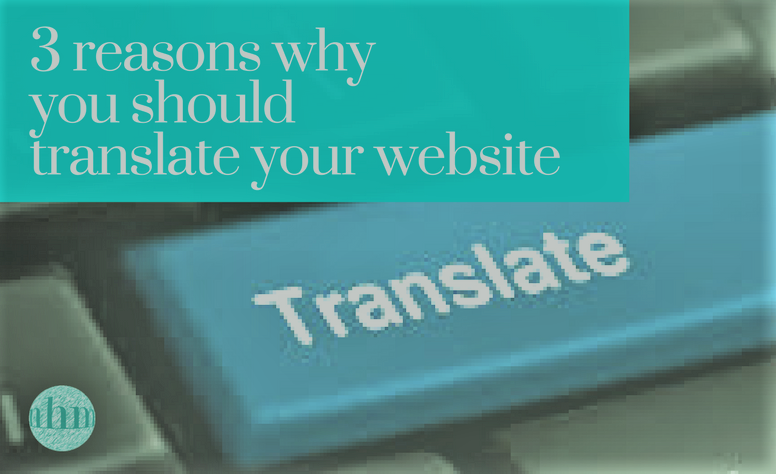I am a translator. I translate texts from one language to another. Sounds easy doesn’t it?
But to get from one language to another, or from source text (ST) to target text (TT), requires a translator to go through a process.
Firstly, this involves the translator making a number of choices about how to interpret the ST. Secondly, it requires the translator to use resources and to apply technical skills in order to thirdly, re-express the message in the TT. From this description, we can conclude therefore that translation is a decision making process. Any kind of process has inherent risk. The Business Dictionary defines inherent risk as “The probability of loss arising out of circumstances or existing in an environment, in the absence of any action to control or modify the circumstances.” In translation, we could say that risk equates to the possibility of not fulfilling the translation’s purpose as proposed by translation theorist Anthony Pym in his 2010 paper Text and risk in translation. I think that this is only a partial view of what we could consider as risk in translation.
Within the decision making process of translation, I see three sets of risks to be managed and minimised. Text, technology and trade risks.
Text-related risks are those that Pym refers to – the possibility of not fulfilling the translation’s purpose. This could have disastrous results for the client as many of the marketing and brand name translation fails show us. One particular favourite of mine is when KFC made Chinese consumers a bit apprehensive when “finger licking good” was translated as “eat your fingers off.” Technology-related risks are those faced by the translator in using software and hardware to produce and send translations. If your computer crashes and you don’t have a back-up, or your email client is unreliable, then there are definitely serious elements of potential risk to the translator, the translation and the client. More on backing up your stuff to the cloud here.
Trade-related risks are the risks of doing business as a translator. Making sure that your business structure is in order, you budget for your expenses and do your homework on companies and agencies to ensure you get paid. Corinne McKay’s article on payment practices is a helpful resource on this topic. So how can we mitigate these three risks? A key element is relationship building. If you take the time to build and develop good rapport with your clients, they are more likely to see you as an integral part of their business. This will often result in clients providing you with more information in the pre-translation phase so that you can get the purpose right and add value to the client’s business. The same goes for trade risks. When you create a trusted relationship with clients by delivering on time, accurate translations every time, they will ensure your working conditions are correct and that you are paid on time. Admittedly some agencies and companies have long payment terms. If this doesn’t suit you, then don’t work with them!
Technology risks are slightly different and it is the translator who assumes these risks. They must invest in the tools of their trade and take steps to protect their work and run their business efficiently. Sometimes it may seem like a time consuming chore, but technology and data management are a key part of a modern translator’s life, so we have to invest in them. Some translators may moan and whinge and say that clients don’t provide them with enough information. If that is the case, then take the opportunity to educate your clients. They need to know that you are there to add value to their business and to do so you require sufficient information that will both ensure that the translation fulfils its purpose and that any inherent risk is mitigated. 




 English
English